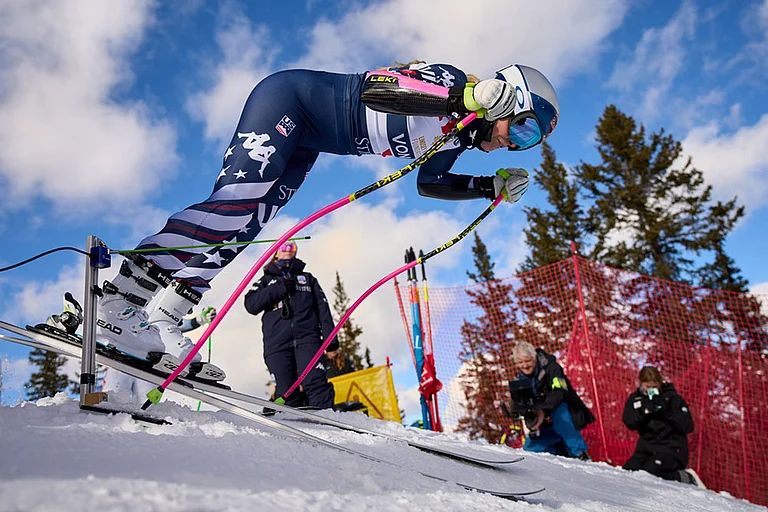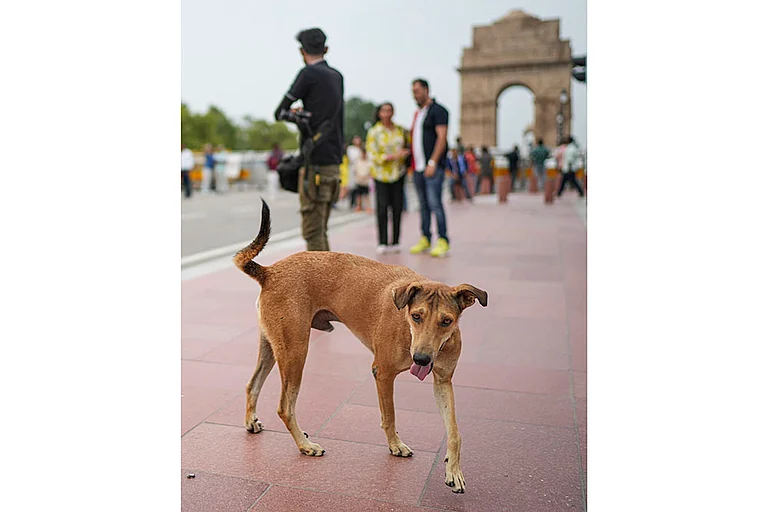The world’s highest mountain, Mount Everest, has become a topic of concern due to overcrowding, with the eighth climber dying in the 2024 climbing season. The number of people summiting the mountain has surged in recent years, and tragically, so have the fatal incidents. Outlook looks at the major tragedies that have marred the mountain in recent years:
1970 - In spring 1970, a crew set out to film Japanese alpinist Yuichiro Miura's historic 4,200-foot ski descent of Everest, which went on to win an Academy Award but was marred by tragedy. Six Sherpas died in an ice-fall avalanche on April 5, and another, Kyak Tsering, died from falling ice four days later.
1996- The 1996 Mount Everest disaster which occurred on May 10-11 claimed the lives of 11 climbers when a massive blizzard trapped them near the summit. The climbers were stranded in the "Death Zone," facing zero visibility, hurricane-force winds, and sub-zero temperatures. Only half survived, with eleven climbers losing their lives while attempting to descend.
2006- In 2006, British mountaineer David Sharp tragically lost his life near the summit of Mount Everest while climbing alone and without supplemental oxygen. On reaching 8,600 metres he faced exhaustion and his health started deteriorating. He sought shelter in the "Green Boots Cave" but couldn’t regain strength to continue on further. Over the course of the day, numerous climbers passed him on their way to and from the summit. Despite being frostbitten and unable to move Sharp received little to no help from these climbers, who were likely dealing with their own exhaustion and the harsh conditions of the "death zone." He died on May 15, 2006, approximately ten days after starting the climb. The incident ignited a debate within the mountaineering community, raising ethical concerns and questioning the norms of ambition, camaraderie, and unwritten codes among climbers.
2015 - On April 25, 2015, a 7.8-magnitude earthquake struck Nepal, triggering an avalanche, one of the deadliest on Mount Everest, killing 22 people and injuring more than 70. The avalanche devastated a large portion of Everest Base Camp, starting from the nearby peak of Pumori and sweeping into Base Camp, blowing many tents across the Khumbu Glacier towards the lower Icefall. Rescue operations began the following day with helicopters arriving at Mount Everest to evacuate the injured and stranded climbers. The rescue was complicated because the small helicopters could only take two or three people at a time. Despite bad weather and the high altitude, three helicopters flew nonstop and successfully evacuated all mountaineers.
2019- In 2019, severe overcrowding on Mount Everest resulted in the deaths of approximately 11 climbers due to extended wait times in the "death zone," where oxygen levels are critically low. The overcrowding led to "traffic jams" with around 380 permits being issued that season. Government officials attributed the crowded conditions to bad weather, with limited days left for climbing Everest. A photograph by a Nepali mountaineer Nirmal Purja Magar showing the Mount Everest traffic jam landed on the front page of The New York Times and was used by several media houses later and drew criticism about poor climbing management in Nepal.



























